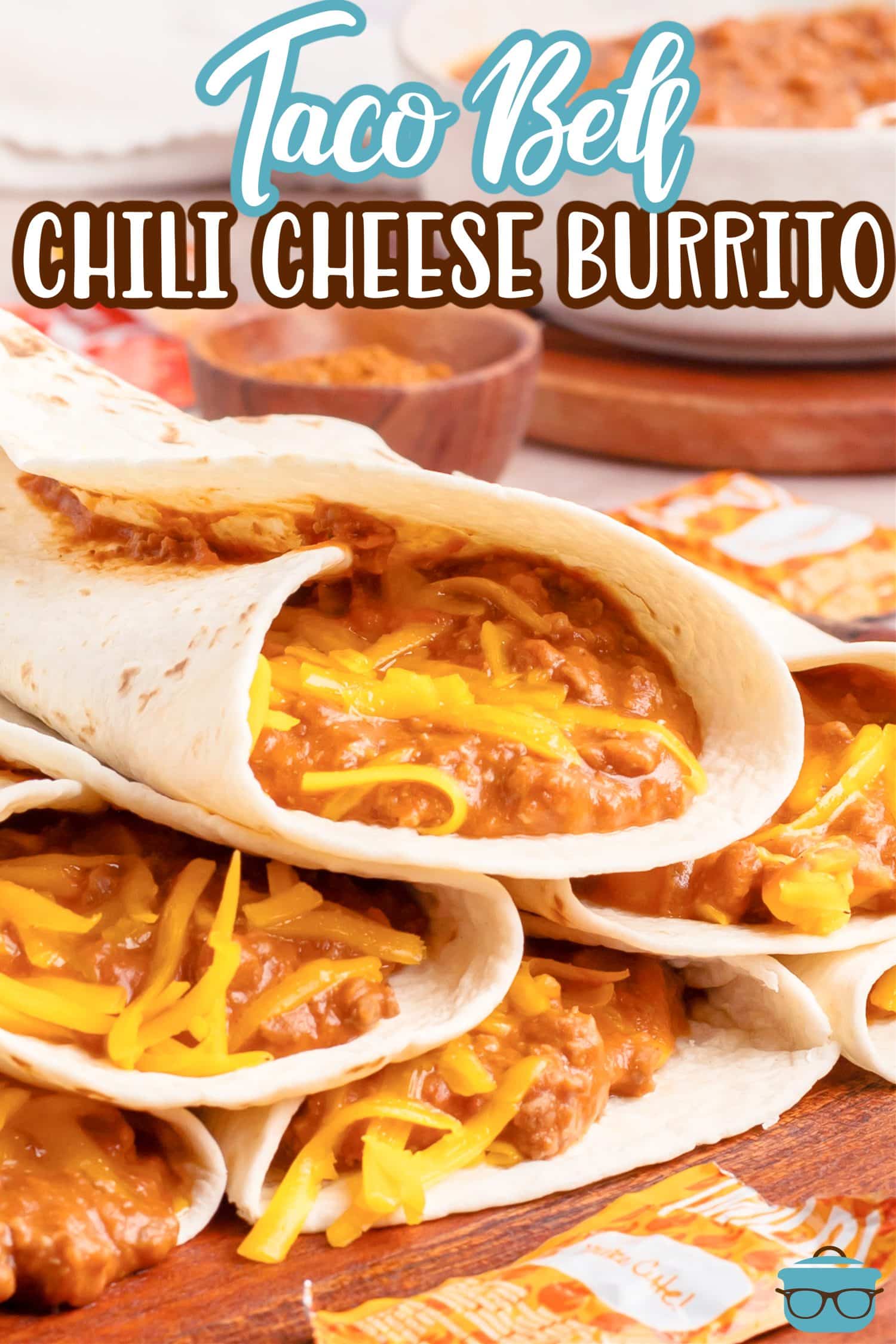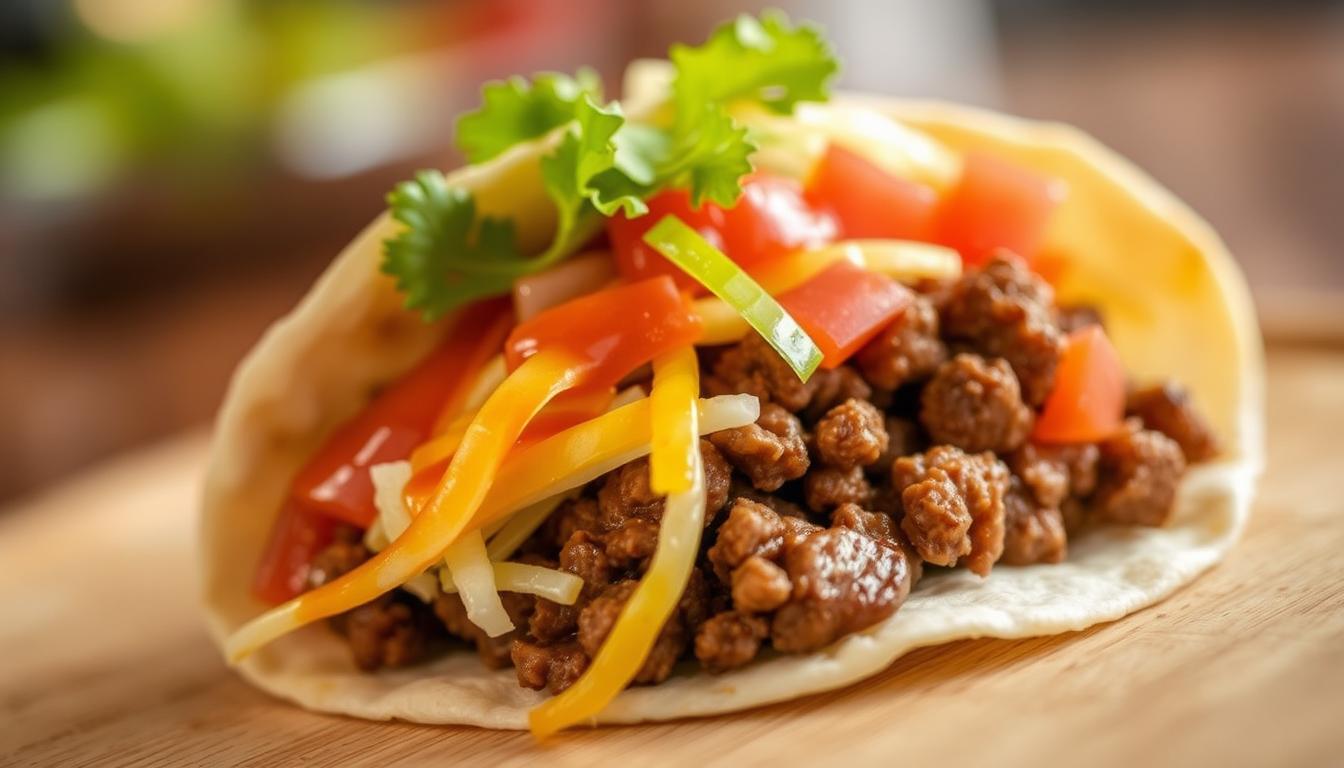Gobi Manchurian is a beloved Indo-Chinese dish that combines the crunch of cauliflower florets with a tangy, spicy sauce. This fusion dish has won hearts globally, blending Indian flavors with Chinese cooking techniques. Whether served as an appetizer or a main course, gobi manchurian offers a burst of umami, heat, and texture that keeps food lovers coming back for more.
The Origins and Evolution of Gobi Manchurian

The story of gobi manchurian begins in the bustling streets of Mumbai, where Chinese immigrants adapted their traditional recipes to suit Indian palates. Over time, this dish evolved into a staple of Indo-Chinese cuisine, gaining popularity across restaurants and home kitchens alike.
The Cultural Fusion Behind the Dish
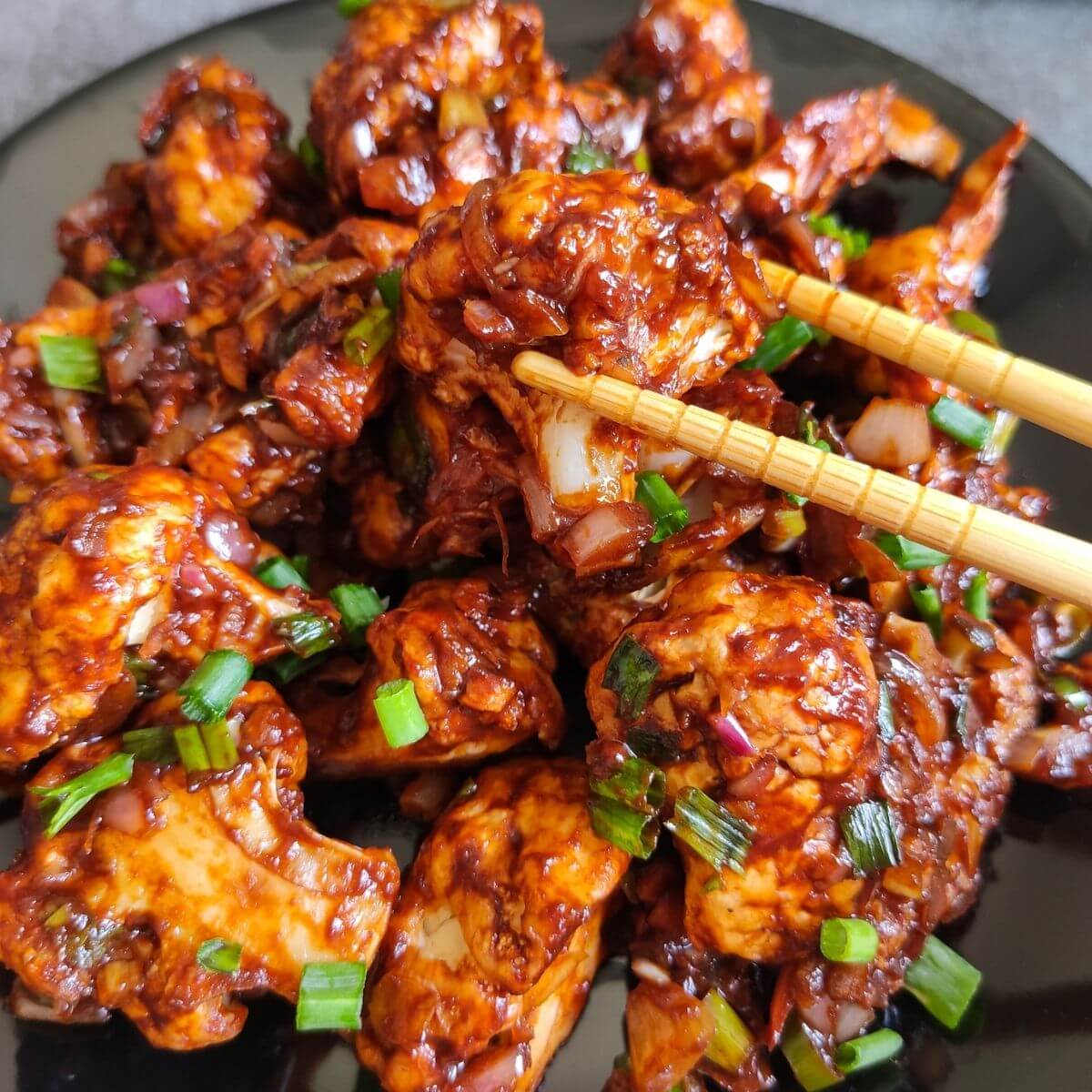
Gobi manchurian is a perfect example of culinary adaptation. Chinese stir-fry techniques meet Indian spices, creating a dish that’s neither fully Chinese nor entirely Indian. The use of soy sauce, garlic, and ginger pays homage to Chinese flavors, while green chilies and cilantro add an Indian twist.
Why Cauliflower Works So Well
Cauliflower’s neutral taste makes it an ideal canvas for bold flavors. When deep-fried, it achieves a crispy exterior while staying tender inside. This texture contrast is key to gobi manchurian’s appeal, making it a favorite among vegetarians and meat-lovers alike.
Regional Variations Across India
In North India, the dish tends to be spicier, with extra chili and garam masala. South Indian versions often include curry leaves and mustard seeds for added aroma. Street vendors in Mumbai serve it with a squeeze of lemon, enhancing the tanginess.
How to Make Perfect Gobi Manchurian at Home
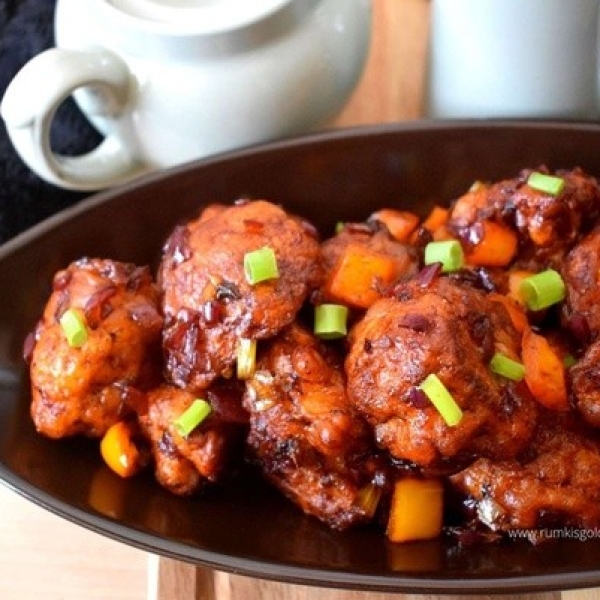
Creating restaurant-style gobi manchurian requires attention to detail. From selecting fresh cauliflower to mastering the sauce consistency, every step matters.
Choosing the Right Ingredients
Fresh, firm cauliflower ensures the best texture. Cornflour and all-purpose flour create a light, crispy batter. Soy sauce, vinegar, and red chili sauce form the base of the iconic Manchurian sauce.
Step-by-Step Cooking Process
First, blanch the cauliflower to soften it slightly. Dip florets in a spiced batter and deep-fry until golden. In a separate pan, sauté garlic, ginger, and onions before adding sauces. Toss the fried cauliflower in the sauce for a glossy, flavorful finish.
Pro Tips for Extra Crispiness
Double-frying the cauliflower ensures maximum crunch. Letting the batter rest for 10 minutes helps it adhere better. Using ice-cold water in the batter creates a lighter coating.
Pairing and Serving Suggestions for Gobi Manchurian
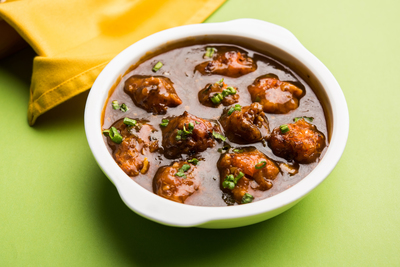
While delicious on its own, gobi manchurian shines when paired with complementary dishes. Here’s how to elevate your meal.
Best Side Dishes to Serve
Steamed rice or fried rice balances the dish’s bold flavors. Hakka noodles add another layer of Indo-Chinese goodness. A simple cucumber salad provides a refreshing contrast.
Drink Pairings That Enhance the Experience
A chilled beer cuts through the dish’s richness. Mint lemonade or iced tea offers a cooling effect. For a non-alcoholic option, try a ginger-infused mocktail.
Creative Ways to Repurpose Leftovers
Stuff leftover gobi manchurian into wraps or sandwiches. Mix it into fried rice for an extra flavor boost. Top a pizza with it for a fusion twist.
Healthier Alternatives to Traditional Gobi Manchurian
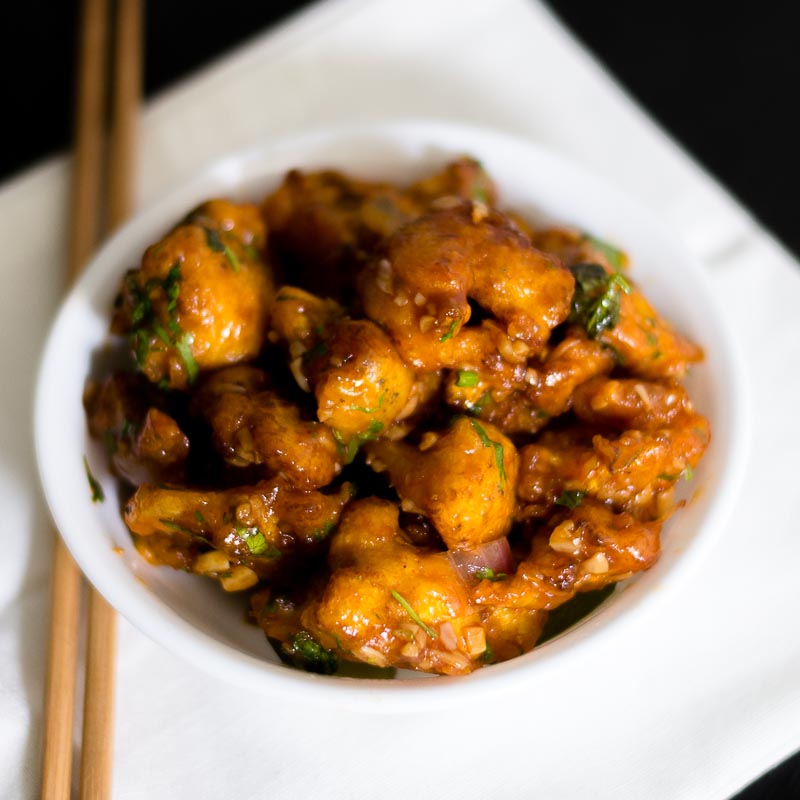
For those watching their diet, gobi manchurian can be modified without sacrificing taste.
Baking Instead of Frying
Lightly coat cauliflower with oil and bake at high heat. The result is a lower-calorie version with a satisfying crunch. Spraying oil halfway through cooking enhances crispiness.
Reducing Oil in the Sauce
Use vegetable broth to dilute the sauce instead of excess oil. Opt for low-sodium soy sauce to control salt intake. Adding extra veggies like bell peppers increases nutrition.
Gluten-Free and Vegan Adaptations
Replace all-purpose flour with rice flour or chickpea flour. Use tamari instead of soy sauce for a gluten-free option. Agave nectar can substitute honey in sweetening the sauce.
FAQs About Gobi Manchurian
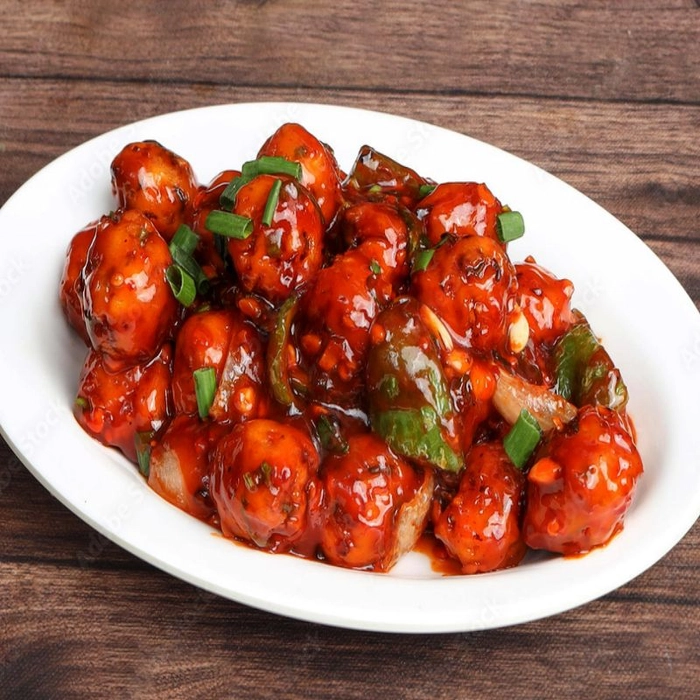
Is Gobi Manchurian Spicy?
The spice level can be adjusted based on preference. Traditional recipes include green chilies and red chili sauce, but milder versions exist.
Can I Make It Ahead of Time?
While best served fresh, you can prep components in advance. Reheat fried cauliflower in an air fryer to restore crispiness.
What’s the Difference Between Dry and Gravy Styles?
Dry gobi manchurian is lightly coated in sauce, while gravy style is saucier. Both are delicious but cater to different texture preferences.
How Do I Store Leftovers?
Refrigerate in an airtight container for up to two days. Reheat in a pan to maintain texture—microwaving can make it soggy.
Can I Use Frozen Cauliflower?
Fresh cauliflower is preferred, but frozen works in a pinch. Thoroughly pat dry to prevent excess moisture during frying.
Video
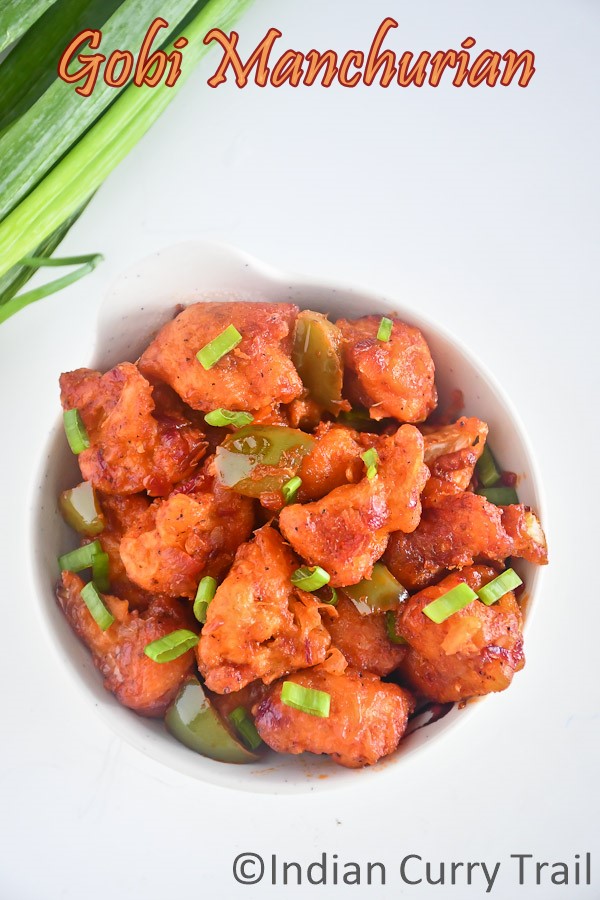
Conclusion

Gobi Manchurian is more than just a dish—it’s a celebration of flavors and cultures. Whether you enjoy it as a snack or a meal, its versatility and bold taste make it a timeless favorite. By mastering the techniques and experimenting with variations, you can bring this Indo-Chinese classic to your table with confidence. `

